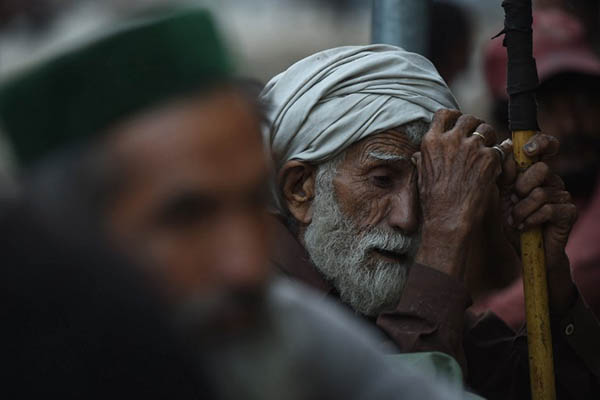
File photo. Asif Hassan—AFP
A frequent criticism of Pakistan’s policymakers is that they ignore the development of the country’s human population in favor of reinforcing its ideology. The U.N.’s Human Development Index (HDI), which measures a country’s development through people and their capabilities and not economic growth alone, has ranked 191 countries, with Pakistan among the 38 considered to have a low HDI. This is despite the overall number of countries in the lowest ranking group falling from 62 to 38 over the past decade. What is especially galling is how a “nuclearized” Pakistan continues to falter in developing its human population due—according to the U.N. Development Program—to its worrying education, health, and income indicators.
The U.N. HDI report states that life expectancy at birth in Pakistan is a little over 66 years, with the average Pakistani receiving only eight years of schooling, resulting in a pathetically low gross per capita national income of just over $4,600. Factoring in these figures, Pakistan’s much-touted “youth bulge”—with around two thirds of the total population under 30 years of age—comes across as less an asset and more a threat, with the country’s educational system failing to prepare them for life in the 21st century.
Even regionally, Pakistan lags behind, with India coming in at 132 against Pakistan’s 161, while Bangladesh and Nepal ranked at 129 and 143, respectively. Pakistan, therefore, now has the “distinction” of featuring the slowest growth in human development among all South Asian countries except Afghanistan. It is not an exaggeration to say that Pakistan’s human capital is among the topmost challenges facing the country, requiring greater emphasis on increasing school enrolments; decreasing child malnutrition; and higher levels of women empowerment. Any government hoping to steer the country toward prosperity must focus on these factors if it wishes to avoid far-reaching negative consequences.
